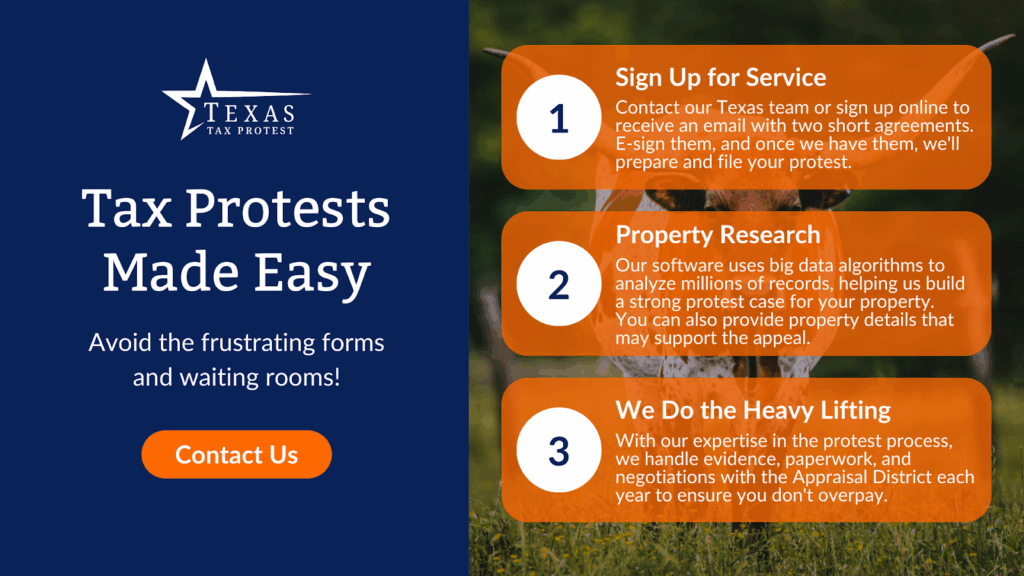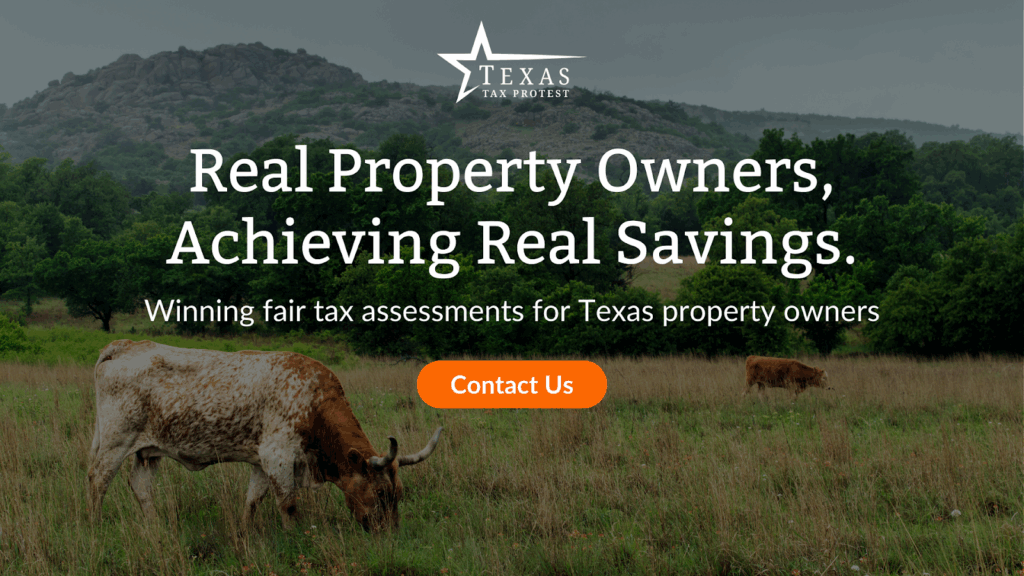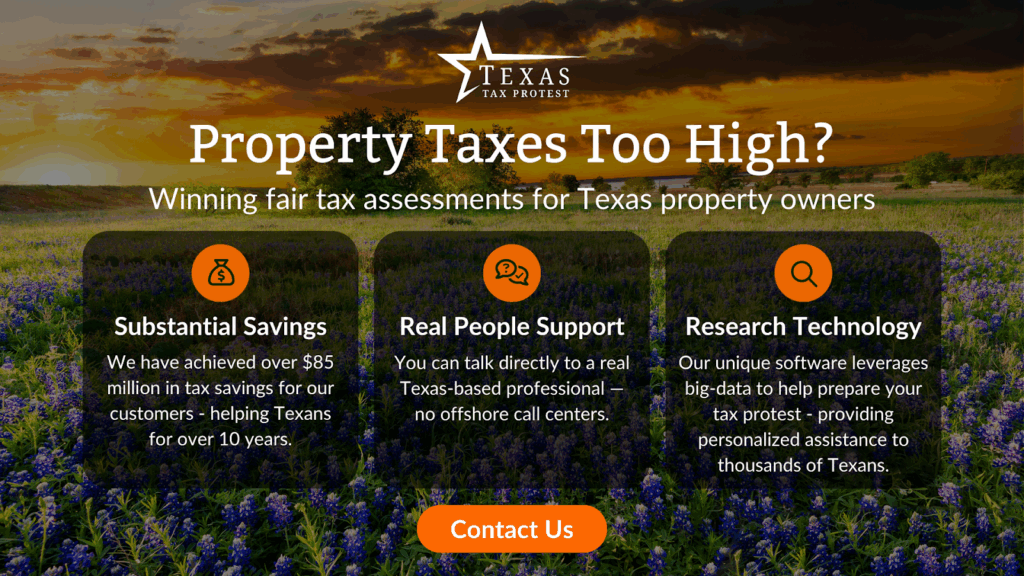
Most Affordable Cities in Texas for Homebuyers
August 14, 2025
Key Takeaways:
- Why Some Texas Cities Stay Budget-Friendly: Affordable cities in Texas tend to combine low property values, steady tax rates, and access to local exemptions. Regions with land availability, lower utility costs, and stable job markets help stretch every dollar further.
- Most Affordable Cities in Texas: Places like Amarillo, Brownsville, Wichita Falls, Laredo, and Abilene offer a mix of budget-friendly housing, strong community ties, and economic opportunity. Each city brings its character, along with tax rates and home values that stay well below statewide averages.
- Tips for Finding the Cheapest Places to Live in Texas: A smart home search goes beyond price. Buyers who explore local tax rates, check for exemptions, and evaluate long-term costs like insurance and utilities are more likely to find homes that support both their budget and their future.
Finding a home in Texas comes with big decisions and bigger possibilities. The state’s housing markets shift quickly, property tax rules vary by region, and affordability often hinges on more than just the list price. Neighborhood feel, income potential, utilities, and taxes all shape what you’ll pay and what you’ll keep. That’s why the most affordable cities in Texas aren’t always the ones with the cheapest homes on paper.
For buyers comparing tax assessments, scouting budget-friendly areas, or learning how to evaluate home sales with real cost adjustments, this guide brings it all together. We’ll highlight cities where your money goes further, and explain how local tax rates, exemptions, and smart strategy can support your bottom line long after closing day.
Why Some Texas Cities Stay Budget-Friendly While Others Don’t
Texas has built a reputation for affordable living, but price tags still vary widely depending on where you land. Factors like tax structures, land availability, and utility costs shape the true cost of homeownership. Here’s a closer look at what keeps many Texas cities affordable and why others may climb in cost:
- No State Income Tax: Texas doesn’t collect personal income tax, which gives residents more flexibility with their take-home pay. In cities with lower property tax rates and cost-of-living expenses, this structure stretches paychecks further.
- Abundant Land and Flexible Zoning: A vast supply of buildable land and less restrictive zoning laws allow for continual development. In cities that welcome suburban growth, home prices tend to remain more reasonable than in areas with tight inventory or high land-use restrictions.
- Competitive Utility and Fuel Costs: Thanks to Texas’s deregulated energy market and broad infrastructure, many cities see lower electricity, gas, and insurance expenses. These savings are more common outside of high-density metro areas.
- Diverse Local Economies: From aerospace in Brownsville to agriculture in Amarillo, the state’s economic variety supports stable employment in both rural and urban regions. Cities with strong job markets and lower housing demand tend to be more affordable.
- Variable Property Tax Rates: Property taxes vary from county to county. Some districts impose higher rates, while others balance costs with exemptions like the homestead, senior, or disabled person’s exemption. Knowing how your local appraisal district evaluates homes can make a significant difference in affordability.

Amarillo: Affordability in the Panhandle
In Amarillo, affordability shows up in both home prices and annual tax bills. Located in Potter County, the city maintains one of the lowest median home values among metro areas in the state, with prices typically hovering near $160,000. Compared to booming metros, Amarillo’s market rises at a slower pace, which often results in more modest property tax assessments over time. Local tax rates average around 2.15%, but exemptions like the homestead can make a noticeable difference for long-term homeowners.
Neighborhoods such as Wolflin, The Colonies, and Pleasant Valley offer a range of price points and property types, giving buyers room to compare recent sales and apply smart comp adjustments. Beyond the numbers, Amarillo delivers small-town charm with big-sky views, quick access to Palo Duro Canyon, and a tight-knit community anchored by agriculture, energy, and medical sectors. For homebuyers focused on long-term savings, Amarillo makes room for both financial breathing space and lifestyle perks.
Brownsville: Budget-Friendly Living on the Border
Brownsville’s affordability stands out across the state thanks to low home prices, manageable tax rates, and a strong local identity. The city sits within Cameron County, where the average property tax rate hovers near 1.76%. Combined with a median home value below $150,000, these factors make Brownsville one of the most cost-accessible cities in Texas. Neighborhoods like Los Ebanos, Sunrise Terrace, and El Valle West offer a wide range of housing options, from modest family homes to historic residences with architectural charm.
Homeowners in Brownsville often benefit from smaller tax assessments and lower fixed costs for insurance, groceries, and utilities. A steady job market driven by education, healthcare, and international trade continues to attract buyers seeking financial stability and cultural depth. Brownsville also encourages long-term savings through local exemptions and accurate comp evaluations. Between palm-lined boulevards, coastal breezes, and a tight-knit community spirit, Brownsville keeps living costs grounded without losing its unique character.
Wichita Falls: Low-Cost Living in North Texas
Tucked between Dallas and the Oklahoma border, Wichita Falls delivers value through manageable home prices and a steady cost of living. The average property tax rate in Wichita County sits around 1.69%, with median home values around $130,000. For buyers looking outside the high-dollar metro markets, this North Texas hub blends affordability with livability. Neighborhoods like Faith Village, University Park, and Fountain Park offer everything from ranch-style homes to updated mid-century builds—all at price points that keep monthly costs in check.
Around town, daily life stays budget-conscious. Dining, groceries, and insurance typically run lower than the state average, while access to parks and family-friendly events adds character to the slower pace. A quick review of recent sales and neighborhood trends can help buyers confirm value, but in many parts of Wichita Falls, tax assessments reflect true market conditions. With strong roots in agriculture, education, and manufacturing, the area continues to attract homebuyers searching for space, savings, and community without the metro price tag.
Laredo: Affordable Homes in South Texas
Laredo brings together affordability, economic opportunity, and cultural depth along the Rio Grande. Located in Webb County, the city has a median home value around $90,000 and a property tax rate of roughly 1.87%. These figures reflect a cost structure that appeals to both first-time buyers and long-term homeowners alike. Neighborhoods such as San Isidro, Las Brisas, and Plantation offer a range of options—from new construction to homes with large lots and open interiors.
Many properties in Laredo benefit from lower assessed values that align closely with market activity. While it’s worth glancing at recent sales for context, buyers here tend to find that their tax bill matches the real value of their investment. Outside the housing market, Laredo’s economy continues to expand through logistics, education, and healthcare, creating job stability across income levels. With tight-knit communities, bilingual culture, and a steady stream of small business growth, Laredo gives homebuyers room to build a life.
Abilene: Cost-Effective Living in Central Texas
Abilene stands out in Central Texas for its low home prices and balanced cost of living. In nearby Jones County, where many Abilene neighborhoods stretch northward, the average effective property tax rate is approximately 1.68%, with a median home value of $86,600. These numbers reflect what many local buyers experience—lower housing costs without trading off space or comfort. Areas like Wylie, North Abilene, and Lytle South offer everything from mid-century ranch homes to spacious new builds with large lots.
Throughout Abilene, buyers often find that home prices pair well with modest assessments, helping keep monthly expenses manageable. While recent sales still matter when evaluating value, most buyers here find alignment between the appraised value and actual property features. Local life also leans affordable, with city parks, low-cost recreation, and a growing food scene that reflects the city’s small-town heart.

Tips for Finding the Most Affordable Homes in Texas
Locating the most affordable homes in Texas requires more than just scanning price filters. Property values shift across the state based on everything from county-level tax rates to long-term economic growth. For homebuyers who want to make the most of their investment, a focused search strategy can lead to lower bills and lasting savings.
Look Beyond the Obvious Cities
While Dallas and Austin dominate real estate headlines, smaller cities like Wichita Falls, Brownsville, and Temple often deliver better value. Many nearby suburbs and county seats come with lower tax rates, newer housing stock, and fewer bidding wars.
Dig Into Local Property Tax Rates
Texas doesn’t collect state income tax, but property taxes can still vary widely. A lower-priced home in a high-tax district may cost more over time than a slightly higher-priced one in a low-tax area. Local appraisal districts post current rates and exemptions online, so review those details before making an offer.
Use Tech Tools to Compare True Cost
Before buying, consider the full cost of living. Use tools that factor in neighborhood-level expenses like utilities, insurance, and transportation. These hidden costs often shift affordability from one ZIP code to the next.
Analyze Comparable Sales with Purpose
Sales data can reveal whether a listing price holds up. Focus on homes with similar features and make adjustments for condition, age, or location to better estimate a fair market value. This step helps buyers avoid overpaying before and after closing.
Leverage Available Exemptions
Texas homeowners may qualify for exemptions based on age, disability status, or military service. These exemptions lower taxable value and can shrink your bill significantly. Every county handles them a little differently, so check with your local appraisal office for deadlines and eligibility.
Investigate Growth and Job Trends
Growing cities often see price appreciation, but many still have untapped neighborhoods that remain affordable. Areas with new schools, infrastructure upgrades, or business expansions tend to hold long-term value, especially when buyers enter early in the cycle.
With the right mix of data, timing, and local knowledge, buyers can uncover neighborhoods that align with their budget and long-term plans. Our team at Texas Tax Protest helps homeowners across the state cut through confusion and focus on what drives affordability: fair assessments, smart exemptions, and strategic decisions backed by experience.

Final Thoughts
Starting a new chapter in Texas means more than finding a good deal—it means settling into a place where your investment, lifestyle, and peace of mind all work together. From Panhandle communities to Gulf Coast towns, Texas continues to offer affordable cities where charm, culture, and financial breathing room still exist side by side.
Homebuyers who pay close attention to property tax rates, exemption opportunities, and fair valuations are better positioned to make their money go further in the long run. Our team at Texas Tax Protest works with homeowners across the state to help clarify the numbers that matter most. With the right knowledge and support, the dream of starting fresh in a welcoming Texas city is well within reach.
Read more:
- The True Cost Of Homeownership: It’s More Than Just Your Mortgage
- Texas Vs. California Property Taxes: Which State Hits Your Wallet Harder?
- Home Equity Loan Vs HELOC: Breaking Down The Pros, Cons, And Use Cases
Frequently Asked Questions About the Cheapest Places to Live in Texas
What are the best resources for finding affordable homes in Texas?
Reliable websites like the Texas Real Estate Commission, HAR.com, and Realtor.com supply up-to-date listings across the state, including small towns and hidden gems. Public data from county appraisal districts and neighborhood market reports can also reveal low-priced areas and recent sales activity.
How do Texas cities compare to other states in terms of housing affordability?
Compared to national averages, Texas generally offers lower median home prices and a broad range of affordable living options, especially in suburbs and smaller metros. Texas’s lack of a state income tax helps offset the property tax rates, making the total cost of ownership competitive, sometimes significantly below East and West Coast markets. More affordable options in Texas don’t always mean sacrificing amenities or quality of life, especially in cities like Lubbock, Amarillo, or San Antonio.
What should first-time homebuyers know about affordable Texas cities?
Begin with market research and solid budgeting. While affordable cities offer attractive entry prices, property taxes can vary widely and impact overall affordability long-term. Take advantage of Texas’s homestead exemption and research other possible exemptions, which can reduce the taxable value of your new home. Factor in local amenities, schools, and growth trends.
Are there any affordable waterfront properties in Texas?
Absolutely! Texas has miles of coastline, rivers, and lakes with comparatively affordable waterfront opportunities. Areas near Lake Livingston, Canyon Lake, and parts of the Gulf Coast (like Rockport or Port Lavaca) often have lower entry price points than urban waterfronts. While prices generally run higher along the water, lesser-known communities can offer surprising value for buyers willing to venture farther from city centers.
What are some tips for negotiating a better home price in Texas?
Thoroughly research recent comparable sales in your target neighborhood. Adjust those comps based on square footage, condition, age, updates, and unique features to estimate a fair market value. Come to negotiations with this data, showing logical, mathematical adjustments for things like upgrades, lot size differences, or recent repairs can strengthen your position.
Are there any up-and-coming affordable neighborhoods in Texas?
Plenty! Neighborhoods surrounding revitalized downtowns in cities like Waco, Denton, Corpus Christi, and even satellite towns near Austin and Dallas are gaining attention. Pay attention to areas with ongoing infrastructure improvements, new schools, or mixed-use developments as these spots typically see an uptick in value over a few years without a steep initial price tag.
What should I consider about future resale value when buying in an affordable Texas city?
Look for neighborhoods with sustained job growth, strong school districts, reliable infrastructure development, and community investment. Consider the city’s track record for population growth and zoning laws that could affect supply and demand. Affordable today doesn’t always mean slow appreciation—strategic picks in growing areas could yield solid gains down the road.





